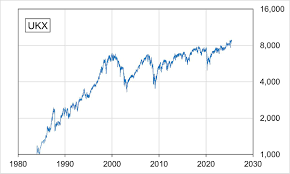The Significance of Euros in the Modern Economy

Introduction
The Euro (€), the official currency of the Eurozone, is one of the most significant currencies in the world, used by over 340 million Europeans daily. Introduced in 1999, the Euro was created to foster economic stability, encourage trade, and facilitate movement among member states. As the Euro continues to play a pivotal role in global finance and economics, understanding its significance becomes increasingly important in today’s interconnected world.
Current Economic Context
As of October 2023, the Euro has faced a variety of challenges, including the ongoing repercussions of the COVID-19 pandemic, inflation concerns, and geopolitical tensions. According to a recent European Central Bank report, inflation rates in the Eurozone have seen fluctuations, leading to changes in interest rates implemented in effort to stabilise the economy. The Eurozone recorded an inflation rate of approximately 5.5% year-on-year in September 2023, marking a slight decline from previous months but remaining a significant concern for policymakers.
Furthermore, the Euro has been strengthening against the US Dollar, reaching a parity level of approximately 1.05 in early October. This fluctuation highlights the currency’s role as a safe haven for investors amid global uncertainties. Analysts suggest that this trend may continue as global economic recovery picks up pace, making the Euro an essential currency to watch.
Impact on International Trade
The Euro significantly impacts international trade, as it is the second most traded currency in the world after the US Dollar. The European Union accounts for a substantial share of global exports, and the adoption of the Euro has simplified trade processes within and outside Europe. Businesses engaged in trade with Eurozone countries benefit from reduced currency exchange risks and transaction costs.
In recent developments, several countries outside of the EU have expressed interest in adopting the Euro as their official currency or for transactional purposes. For instance, countries in Eastern Europe and some African nations see potential economic advantages in dollarization or Euroization as a means of stabilising their economies.
Conclusion
The Euro continues to be a cornerstone of the European economy and a vital element in global financial markets. As nations navigate the complexities of a post-pandemic world, maintaining stability in the Eurozone and managing inflation will be critical. Readers and investors alike should remain vigilant regarding the Euro’s performance and its implications on both local and global economies. With ongoing developments in monetary policy and international relations, the Euro’s influence will likely extend far beyond the borders of Europe in the foreseeable future.









